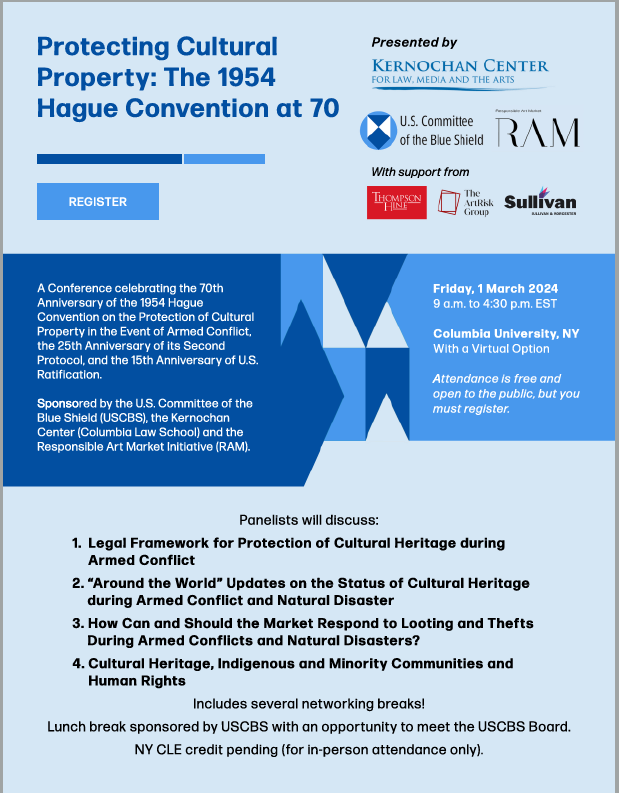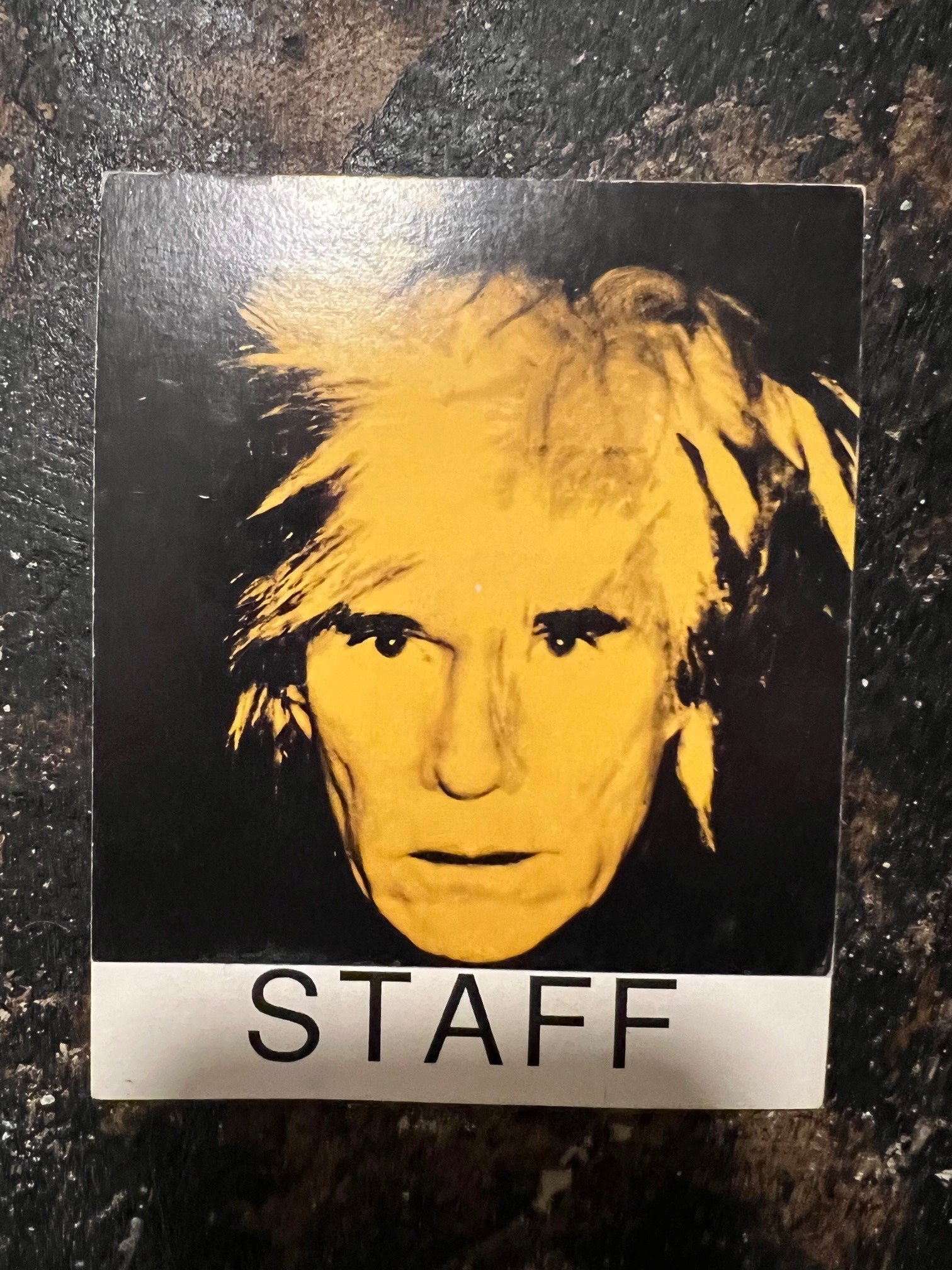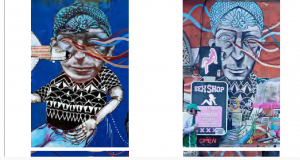The Kernochan Center for Law, Media, and the Arts at Columbia Law School, the U.S. Committee of the Blue Shield, and the New York chapter of the Responsible Art Market Initiative (of which I am co-chair with Birgit Kurtz) have organized an event on March 1, 2024 to be held at Columbia Law School entitled “Protecting Cultural Property: The 1954 Hague Convention at 70.”
March 1, 2024 Event: “Protecting Cultural Property: The 1954 Hague Convention at 70”
Topics: Jane Levine, Philippa Loengard, Kernochan Center for Law Media and the Arts, DePaul University College of Law, Columbia Law School, Sotheby's, Patty Gerstenblith, Responsible Art Market, Lucian Simmons
Look to the Purpose, not the Meaning—Supreme Court Rejects Warhol Foundation’s Fair Use Defense Against Lynn Goldsmith
The Supreme Court of the United States has issued its long-awaited ruling in the dispute between photographer Lynn Goldsmith and the Andy Warhol Foundation for the Visual Arts (AWFVA) on May 18, 2023. The Court held the AWFVA’s delivery to Condé Nast magazine in 2016 of an Andy Warhol silkscreen from 1984 based on a 1981 Goldsmith photograph of the musician Prince did not satisfy the first factor (of four) of the statutory fair use elements. The Court took a narrow approach, explicitly declining to reach the question of whether Warhol’s original work would qualify for a fair use defense, holding only that the 2016 use did not.
(Williams College Museum of Art Security Badge, ca. 1993)
Topics: Cariou v. Prince, Copyright Act, Philippa Loengard, Campbell v. Acuff Rose Music Inc., Kernochan Center for Law Media and the Arts, 17 U.S.C. § 107, Columbia Law School, Andy Warhol, Fair Use, Andy Warhol Foundation for the Visual Arts, Syracuse University, Condé Nast, Kagan, Sotomayor, Roberts, Titian, Lynn Goldsmith, Vanity Fair, Thomas, Giorgione, Goya
Graffiti, Vandalism, and Public Expression: Public Art and its Uneasy Relationship with the Law
Recurring events involving public art have underscored the tension between that expression and the law. Banksy’s “residence” in New York last fall broached this subject, but this summer’s Brooklyn Bridge flag incident, and several new lawsuits asserting copyright in graffiti will test the bounds of what the law protects and what it permits. As Banksy says in one of his murals, "graffiti is a crime."
Topics: Burrow-Giles Lithographic Co. v. Sarony, Ahol Sniffs Glue, David Anasagasti, Steel, City as Canvas, Moral Rights, Argentina, Public Art, Graffiti Art, Philippa Loengard, Visual Artists Rights Act of 1990, Leonardo’s Last Supper, Columbia Law School’s Kernochan Center for Law Med, Chicago, Museum of the City of New York, VARA, Public Expression, Michael Bloomberg, American Eagle, Terry Gilliam, Banksy, 17 U.S.C. § 106A, Copyright, Buenos Aires, 5Pointz, Revok, Roberto Cavalli, vandalism, Reyes, Graffiti, The Atlantic, New York





